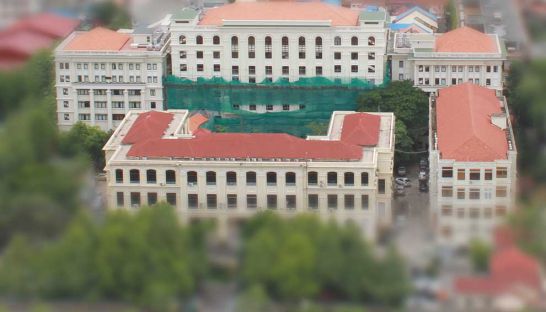Government plans to borrow $1.4B for 2018 national budget
Government plans to borrow $1.4B for 2018 national budget
The government plans to borrow an additional 1 billion through Special Drawing Rights (SDR), or $1.4 billion, to meet its planned budget for next year, bringing the total national debt to $7.6 billion by the end of 2018 compared to the current level of $6.2 billion as of June, according to a draft of the 2018 national budget released on Friday.

The draft national budget prepared by the Ministry of Economy and Finance (MEF) shows that the increase of $1.4 billion comes from 26 approved projects signed off on by the World Bank, Asian Development Bank (ADB), China, Japan, South Korea, France and India. The projects are primarily related to developing the Kingdom’s energy sector and infrastructure, with some targeting tourism, health care, agriculture and education.
The report noted that the government was still considering an additional 31 projects, which if approved would increase borrowing to a total of $2.6 billion for next year, raising the national debt to $8.8 billion.
MEF data show that compared to the end of 2016, when total borrowings amounted to $8.3 billion, total borrowings have reduced to $6.2 billion by June, signaling increased repayments on outstanding debt.
Meanwhile, the current level of debt has been driven largely through bilateral and multilateral concessional loans, with China taking the top spot. The Kingdom currently owes China roughly $2.9 billion, or 47.5 percent of its total debt portfolio, followed by multilateral development agencies that are owed $1.9 billion, or 30.1 percent of the national debt.
Strikingly, compared to the end of 2016, China held 80 percent of Cambodia’s debt.
The rest is still owed in decades-old debts to Russia, valued at $458 million, and to the US at more than $500 million, which the government has shown little signs of repaying. Additionally, the government owes South Korea,Japan and other bilateral partners a total of $775 million. The current national debt figure of $6.2 billion puts Cambodia’s debt-to-GDP at about 28 percent, with the Kingdom’s 15.5 million people on the hook for about $400 each. The MEF predicts that Cambodia’s GDP for 2017 would increase to $22.2 billion and then grow to nearly $24.6 billion by the end of 2018.
Government spokesman Phay Siphan said that Cambodia’s debt-to-GDP ratio was easily manageable for a developing country and the Kingdom needed to continue to borrow to keep up with economic growth while strengthening repayment abilities.
“The amount of debt we have decided on is a proportion of GDP and that will not go beyond 40 percent,” he said. “The government has increased its tax collection capabilities, and this allows us to have better repayment ability on our debt so that we can access more loans needed for development projects.”
Chan Sophal, director of the Centre for Policy Studies, said that Cambodia’s current level of outstanding debt, at about 30 percent of GDP, was manageable given the Kingdom’s country status.
“If we look at the GDP growth volume, debt is not a risk yet,” he said. “In fact, the government of Cambodia has been very cautious about borrowing.”
He added that what the government needs to do is strengthen its ability to monitor how effectively it is managing new loans.
“We could measure the effectiveness of using loans based on the appraisal of an approved project, monitoring it and evaluating it,” he said. “This is important for the public to know how loans are being used.”


